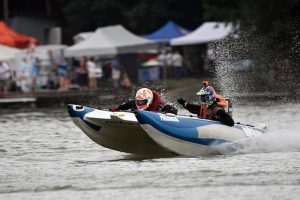MotorBoats are powerful watercraft that offer speed and efficiency, ranging from small personal crafts to large commercial vessels. Used for recreational activities, fishing, and transportation, they have a diverse range of purposes. History began with the late 19th century's internal combustion engines, leading to modern designs catering to various users from young adults to professionals. MotorBoating provides unique access to remote locations, fosters nature connections, and offers memorable experiences, despite safety concerns and high costs.
A MotorBoat is a watercraft powered by an engine, designed for various purposes from leisure to commercial use. This versatile vessel has evolved over time, starting as a simple propulsion mechanism to the advanced technologies of today. MotorBoats serve diverse needs, offering speed, stability, and maneuverability on water. From recreational enthusiasts to fishing professionals, a wide range of users benefit from this popular mode of aquatic transportation. This article explores the history, types, uses, benefits, and challenges associated with MotorBoats.
- What is a MotorBoat? Define and Describe
- History and Evolution: When and How did MotorBoats Start?
- Purpose and Applications: Why Use a MotorBoat?
- Types of MotorBoats: From Speed Boats to Fishing Boats
- Who Uses MotorBoats? Demographic and Activity Overview
- Benefits and Challenges: Answering Common Questions About MotorBoating
What is a MotorBoat? Define and Describe
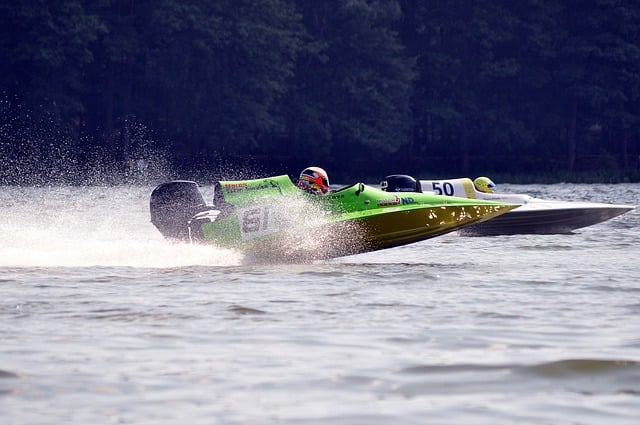
A MotorBoat is a watercraft powered by an engine, typically an internal combustion engine or an electric motor. Unlike traditional boats that rely on sails or oars, motorboats use mechanical power to propel themselves through the water. These vessels are designed for speed and efficiency, making them suitable for various purposes such as recreational activities, fishing, water sports, and transportation.
MotorBoats come in a wide range of sizes and designs, from small personal craft to large commercial vessels. They offer several advantages over other types of boats, including ease of use, faster speeds, and the ability to navigate in deeper waters. Whether used by leisure enthusiasts for weekend getaways, professionals for fishing or water taxi services, or even military and law enforcement agencies for patrol duties, MotorBoats have become an integral part of modern aquatic activities and transportation.
History and Evolution: When and How did MotorBoats Start?
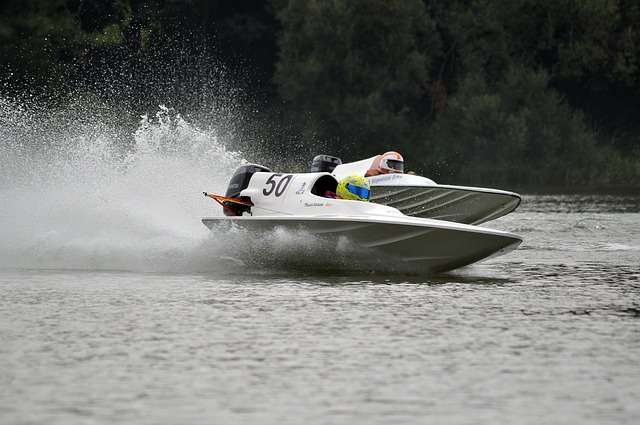
The history of the MotorBoat dates back to the late 19th century when the first successful internal combustion engines were developed. These early engines, inspired by steam power, revolutionized water transport, replacing traditional sailboats and rowboats. The advent of gasoline-powered engines in the 1870s marked a significant turning point, leading to the creation of the world’s first motorboat by Gustave Trouvé in 1879.
Over time, motorboat design evolved dramatically, from simple, crude machines to sophisticated, high-performance craft. The early 20th century saw substantial advancements, driven by the growing popularity of boating and recreational activities. Today, motorboats cater to a diverse range of users, from leisure boaters enjoying weekend getaways to commercial operators transporting goods and passengers. They have become an integral part of modern water transport, offering speed, convenience, and versatility across various waterways worldwide.
Purpose and Applications: Why Use a MotorBoat?

MotorBoats serve a diverse range of purposes, appealing to various users for their unique advantages. Their primary utility lies in providing efficient and agile transportation on water bodies, from serene lakes to vast oceans. Whether for recreational activities like cruising with friends and family or for professional endeavors such as fishing charters and water taxi services, MotorBoats offer speed and ease of navigation that other vessels struggle to match.
Moreover, their versatility extends to search and rescue operations, where their quick acceleration and maneuverability prove invaluable in reaching stranded individuals promptly. In the realm of sports, motorboats facilitate thrilling activities like wakeboarding and waterskiing, enhancing leisure experiences. Their use isn’t limited to professionals; enthusiasts and casual users alike appreciate the freedom and excitement they offer, making them a popular choice for weekend getaways and exploration of remote coastal areas.
Types of MotorBoats: From Speed Boats to Fishing Boats
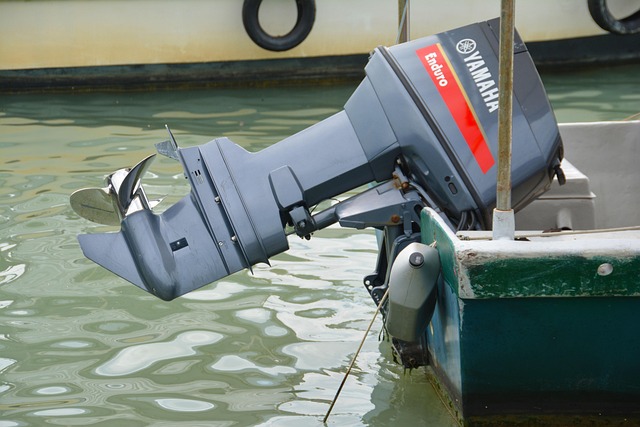
MotorBoats come in a variety of types, each designed for specific purposes and user preferences. Among the most popular categories are speed boats, ideal for those who enjoy thrilling experiences on the water. These vessels are engineered for speed and agility, often featuring powerful engines that enable them to reach impressive velocities. On the other hand, fishing boats are tailored for anglers seeking a peaceful day out at sea. Equipped with storage compartments for gear and livewells to keep catch fresh, they offer a comfortable experience while catering to the needs of avid fishermen. There are many other types as well, from luxury yachts to rescue boats, each playing its unique role in the diverse world of MotorBoats.
Who Uses MotorBoats? Demographic and Activity Overview
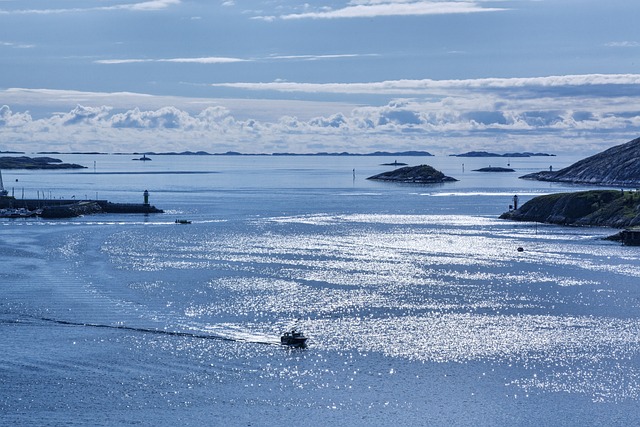
Who Uses MotorBoats? Demographic and Activity Overview
MotorBoats are used by a diverse range of people across various demographics. From recreational enthusiasts to professional mariners, this versatile watercraft appeals to those seeking adventure, relaxation, or both. Young adults often embrace the thrill of speed and maneuverability, while families enjoy leisurely cruises and fishing excursions. Experienced boaters appreciate the efficiency and ease of navigation that MotorBoats offer.
Moreover, MotorBoats are a popular choice for commercial activities such as water taxis, tour services, and even search and rescue operations. Their portability and quick acceleration make them ideal for navigating tight spaces and responding to urgent situations. Whether used for fun or work, MotorBoats enrich the aquatic landscape, providing unique perspectives and experiences for folks across all walks of life.
Benefits and Challenges: Answering Common Questions About MotorBoating
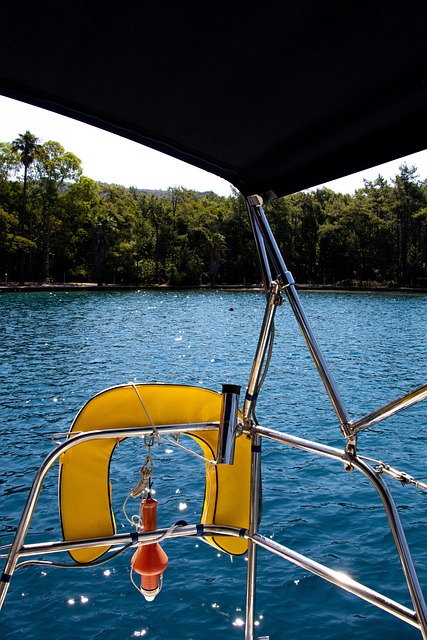
MotorBoating offers a unique and exhilarating experience, attracting enthusiasts from all walks of life. One of its key benefits is providing access to remote locations, allowing users to explore lakes, rivers, and coastal areas that are often inaccessible by land. This makes MotorBoating an ideal activity for those seeking adventure and a break from everyday life.
However, it’s not without challenges. Safety is a primary concern; operators must be well-trained and aware of local regulations and water conditions. Additionally, maintenance can be costly, and the initial investment in a motorboat may deter casual users. Despite these considerations, MotorBoating continues to grow in popularity due to its ability to foster a deeper connection with nature and create lasting memories on the open water.
A MotorBoat is a versatile watercraft with a rich history and diverse applications. From its humble beginnings as an innovation in marine transportation to its modern-day role in recreational activities and commercial ventures, the MotorBoat has become an integral part of aquatic life for many. Whether used for high-speed racing, fishing, cruising, or rescue operations, these boats cater to various user groups, offering both leisure and practical solutions. Understanding the benefits and challenges associated with MotorBoating encourages responsible usage and appreciation for this unique mode of water navigation.
